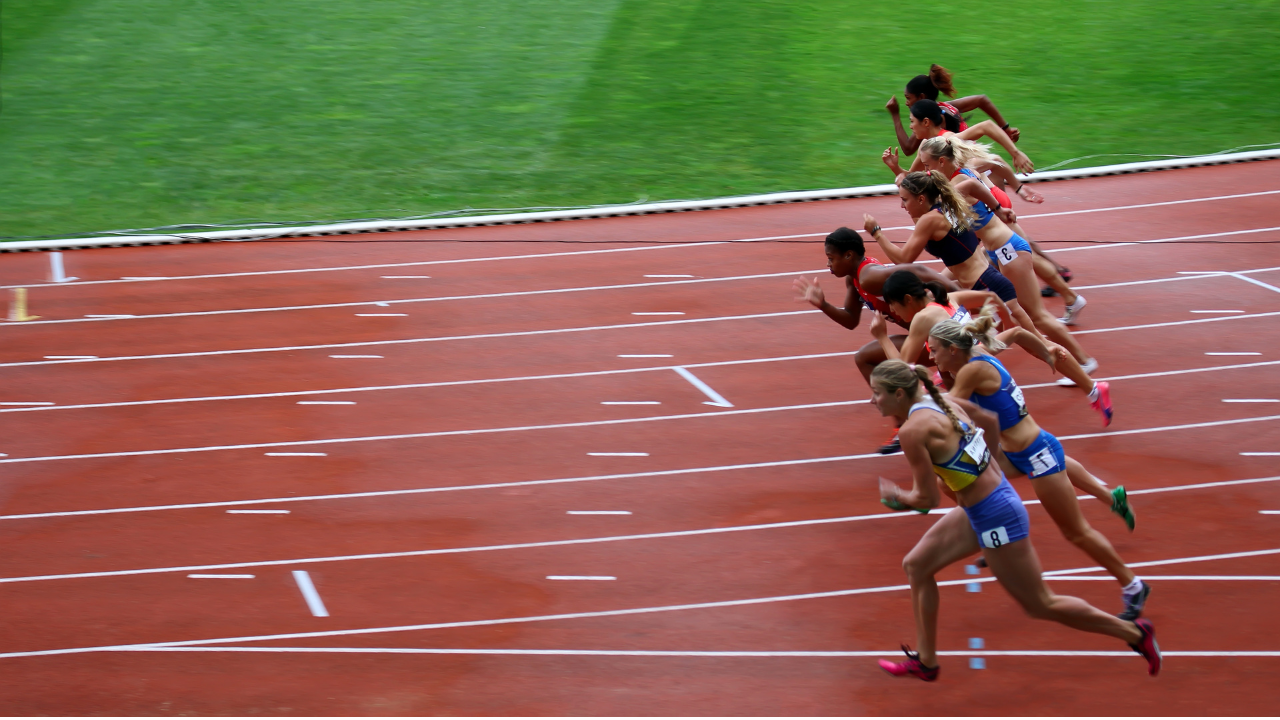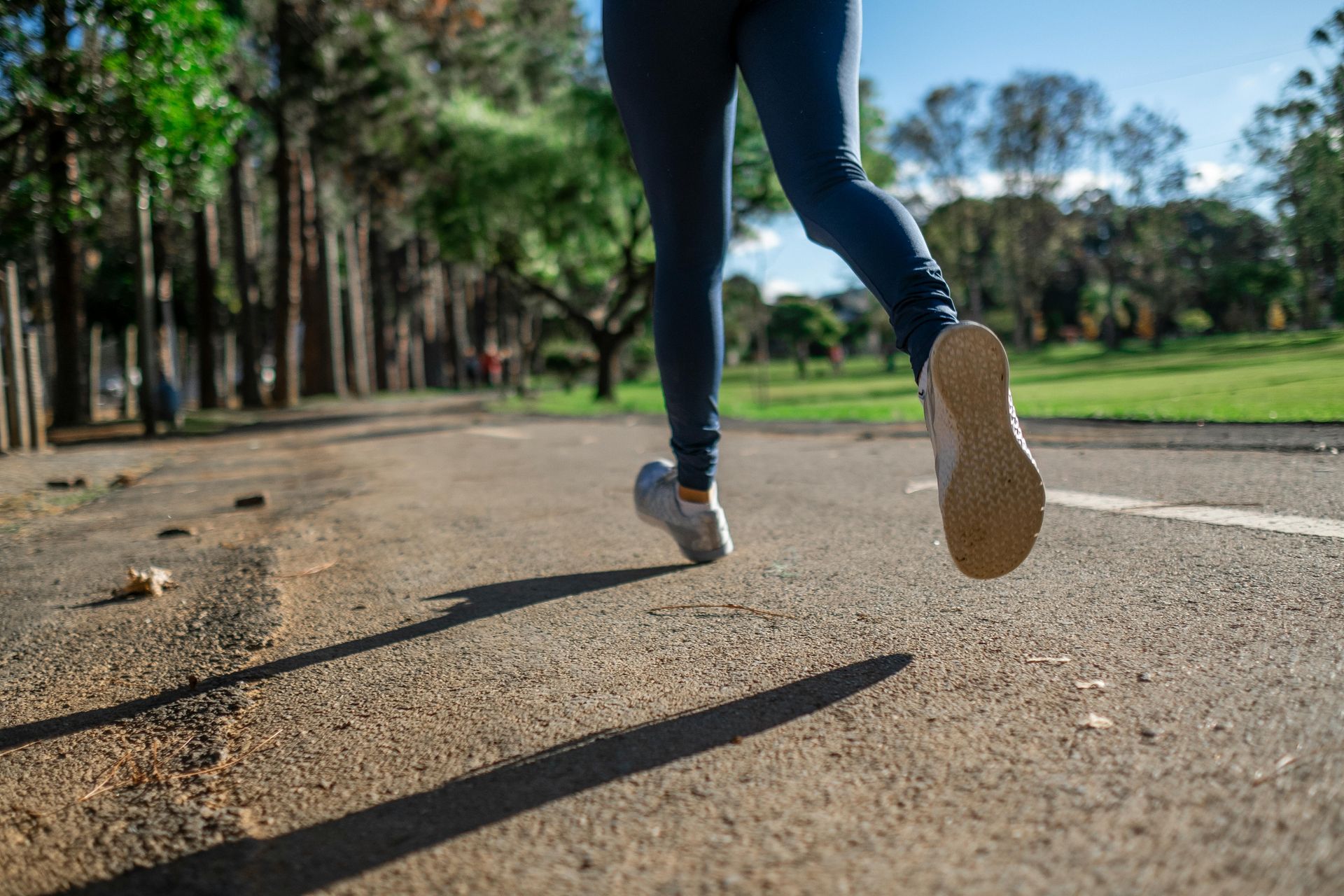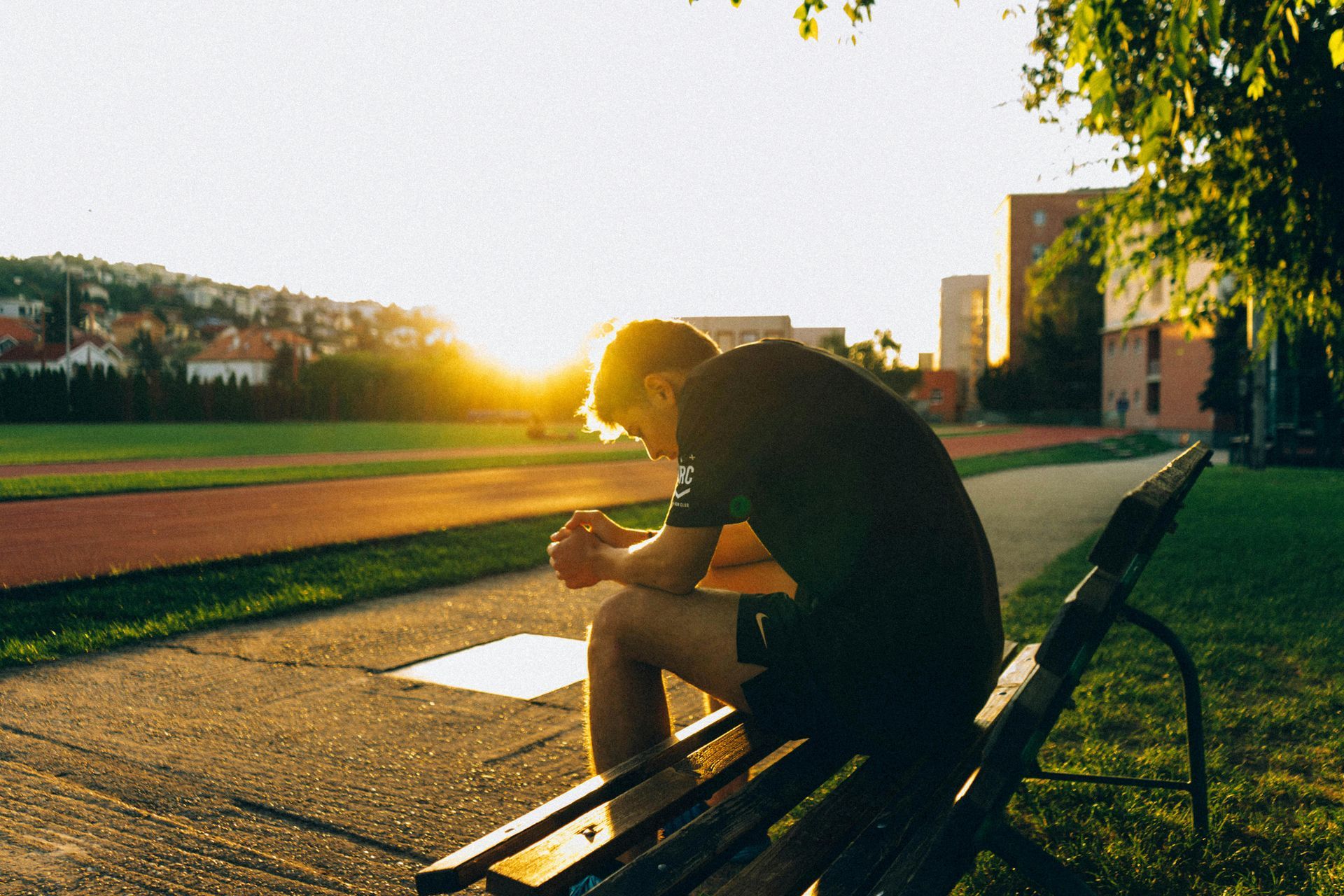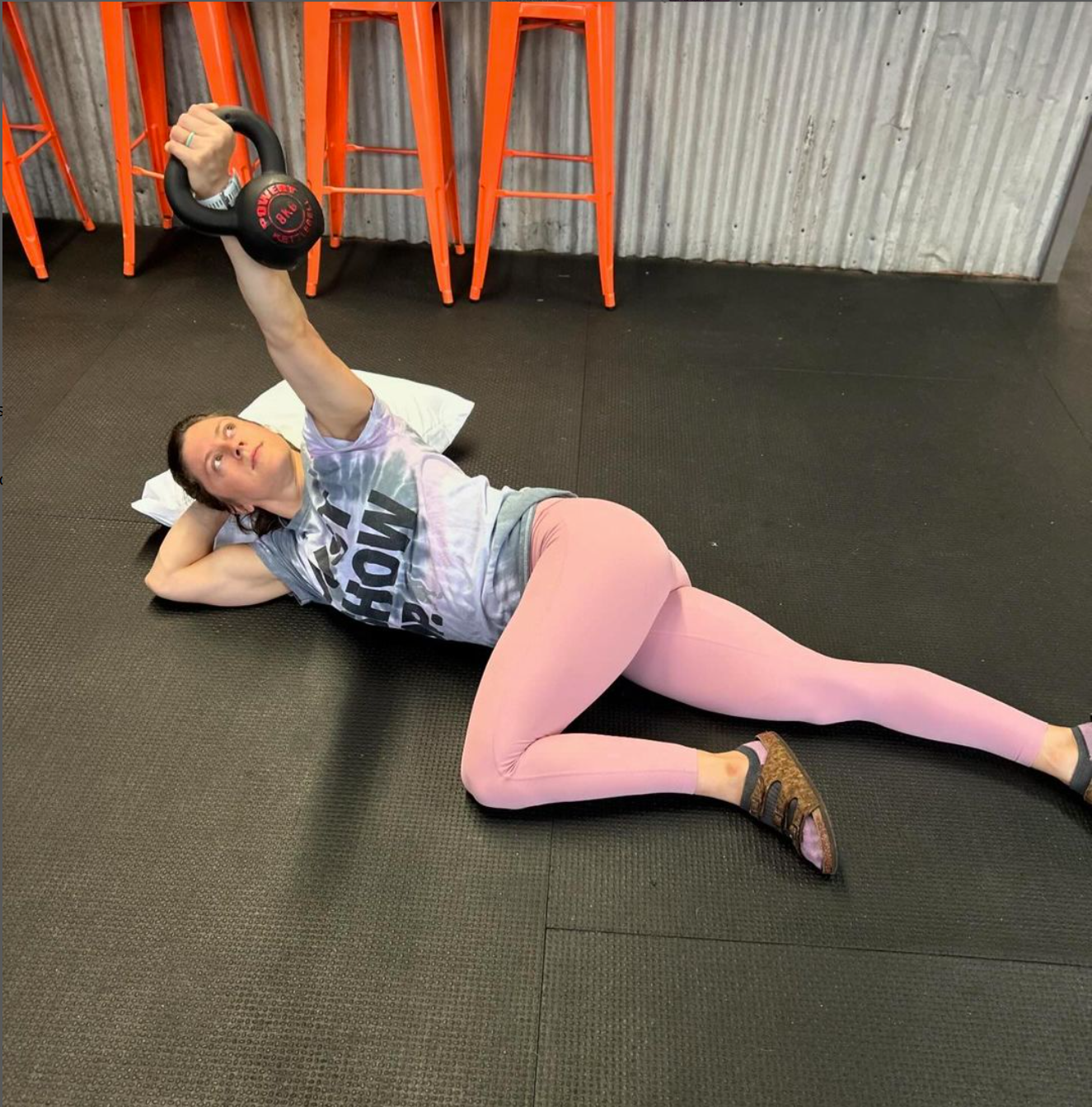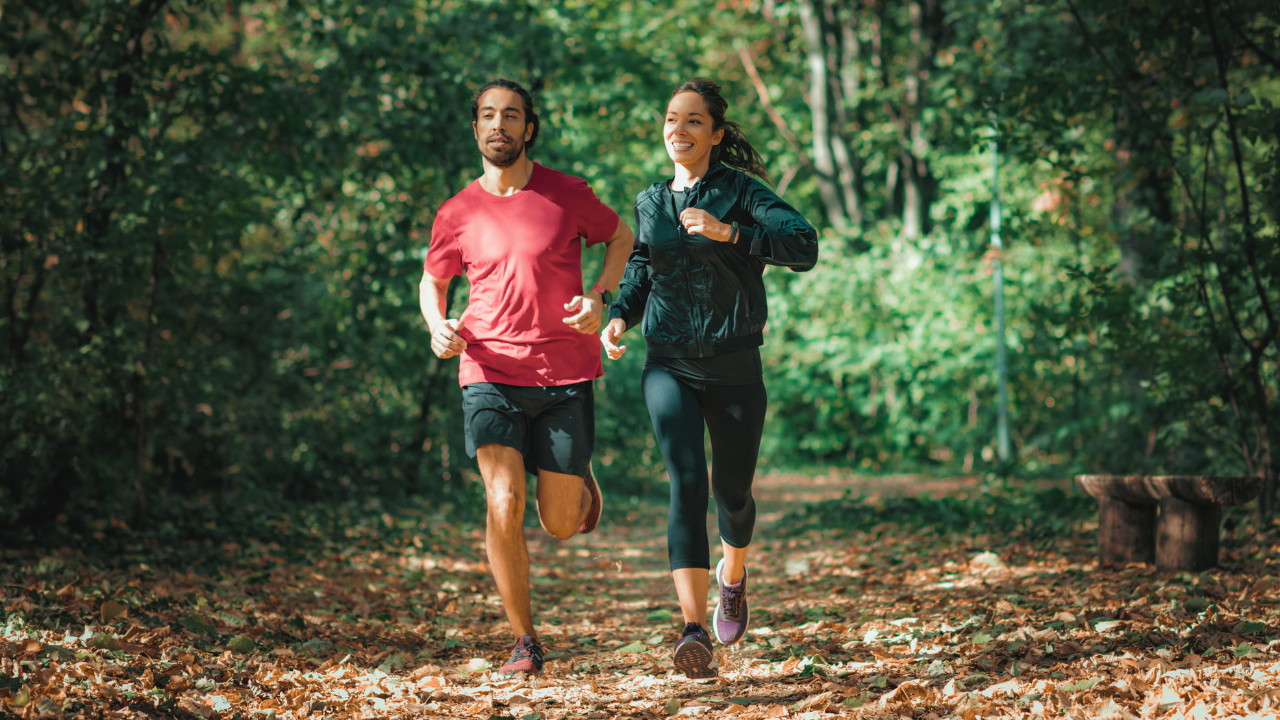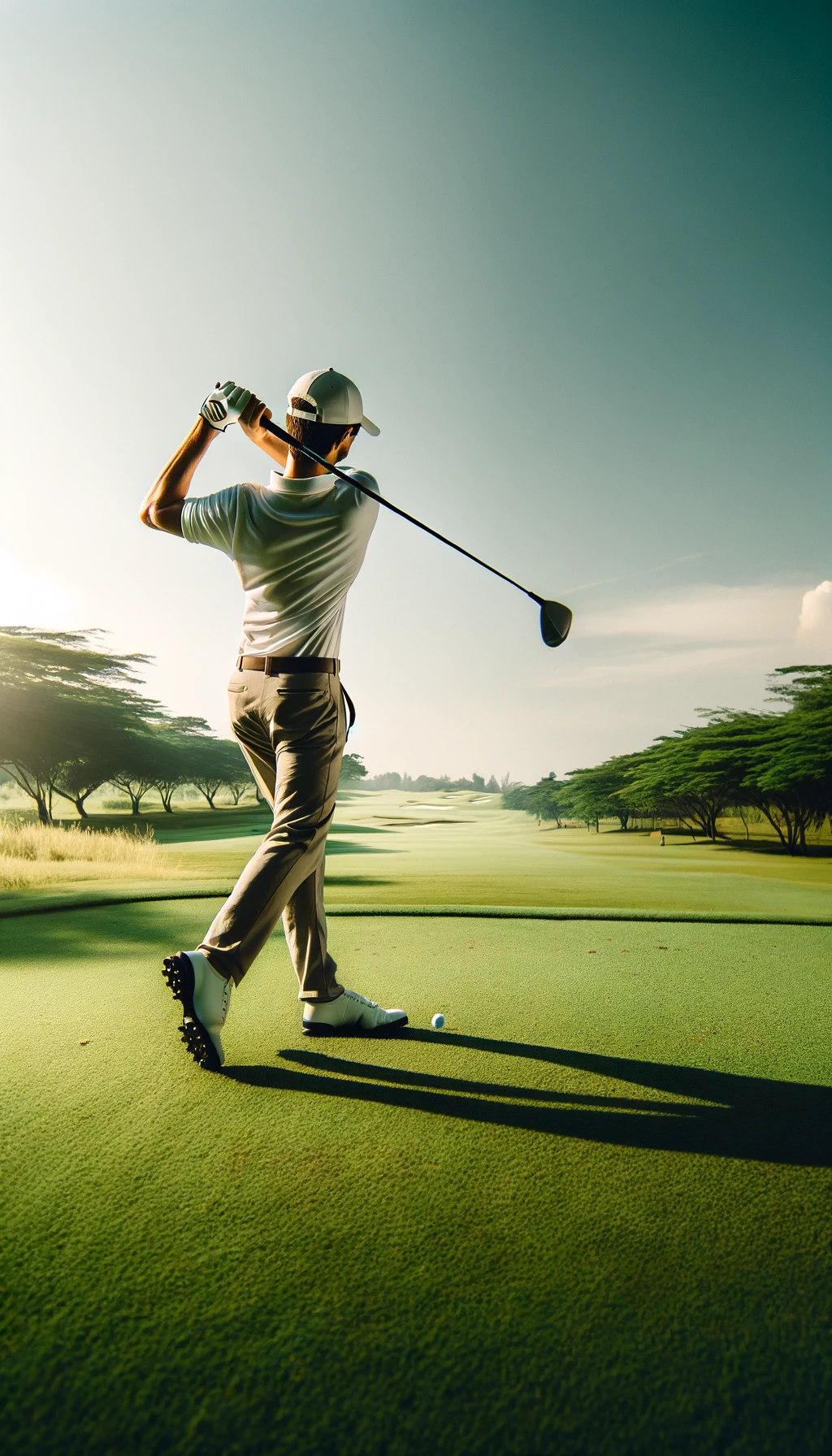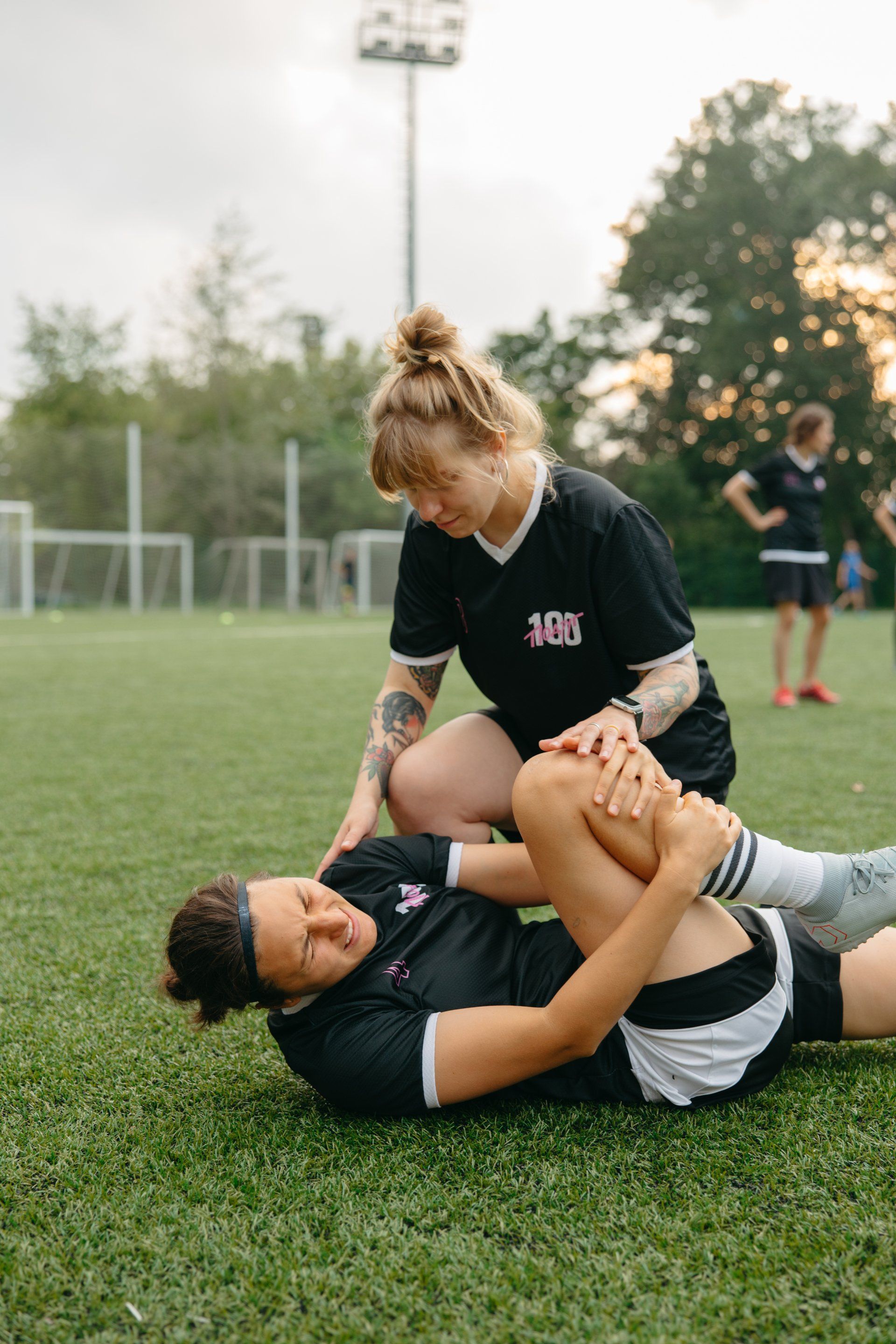What Causes an Injury?
I am no where near expert level when it comes to determining all the potential factors for a non-contact injury. Experts in this field can potentially give week long seminars on specific injuries and there causes. My expertise does come into play when viewing the training process. This is where I can advise on loading related factors and exercise selection which can contribute to injury resiliency amongst athletes and non-competitive weekend warriors.
Why Do Non-Contact Injuries Happen?
As I mentioned, previously, this question could require a week long course to understand all the potential factors. We can first view this from an acute to chronic workload. In general, it’s very easy to say “you did too much, too fast” or on the opposite end, “you didn’t prepare for your season”. While this is “true”, the rate of volume and/or intensity will be individual toward each person based on one or compounding factors. These factors may include:
- Too much volume and/or intensity over an extended period of time (overtraining)
- Too much volume and/or intensity within one session (over-reaching)
- The body’s inability to handle specific load required for practice/competition or skill in regards to:
- Velocity of movement
- Rate of acceleration/deceleration
- Weight/mass
- Torque across a joint
- Unsuitable progressions of running or resistance training
- Inadequate coordination or technical execution of skill or movement
- Reduced fitness and conditioning levels to the demands of the task
When the body undergoes a stressor than it cannot recover adequately to, it leads to overtraining and begins to break down. In the case of idiopathic pain (the pain came out of nowhere), the body simply cannot handle the amount of training it has been given. Continuous and mismanaged loading is unsustainable, regardless of what brace you may be utilizing or any physical therapy/strength and conditioning service you are receiving. Combining fatigue, excessive loading and poor execution is a recipe for disaster and can lead to chronic or acute injuries.
What The Heck Do I Then?
A proper rehabilitation plan is the same thought process behind how training plans are developed. Constructing a program based on progressive overload, with sound biomechanics will allow the athlete to recover between sessions, along with building the qualities required to return to sport. The easiest way to figure out if you are doing what is best for you, is to review back on the causes of injuries. Once reviewing the list, you can reverse engineer your way from your goals back to where you currently are now. Key qualities of a good program include:
- Gradual progression of volume and intensity
- Focus on proper execution of skills and speed increases
- Identify specific stressors which are demanded through your sport
- Develop reserves that can be accessed when needed
Unfortunately, the sad truth is this is not a magic pill. You won’t be receiving instant gratification from this process as it requires patience and dedication. After seeing a dramatic increase in injuries following the Covid-19 pandemic when sports were allowed to begin again, it was extremely apparent how much preparedness has to do with rate of injury. Athletes and adults must be able to expose themselves to specific progressive stresses over a significant length of time prior to team training and competition. Too often we see athletes who suffer injuries at the beginning of the season during tryouts, as this is the first time in months they have exposed their bodies to a high volume of workload.
General fitness is always a good starting point, however, specificity is not included. Each sport requires certain demands, as well as a positional differences. Middies in lacrosse must be able cover the middle third of the field and possess offensive and defensive skills. As defense and attack, players must be able to display extremely quick bursts of acceleration and multi-directional speed to react off the offense or sprint past a defender. As another example of specificity, ask anyone who has competed in a triathlon. You cannot expect to be really good at running and swimming, then expect cardiovascular gains will carry over to your ability to push yourself up a hill on the bike. Specificity to both practice and competition is extremely important in maintaining resilience throughout the season and career of each athlete.
Although sports and competition can be predictable in amount of work performed, athletes are often asked to perform above what they are expected. This can be seen when a running back breaks loose and rushes for a 20+ yard gain. Although his expected yards per carry may average around 3-5, he may require max velocity qualities when reaching open field. This is where reserves in areas of strength, power, speed and endurance come into play. If you can improve beyond what qualities are required within your position, you will not only be able to out-perform the opposition, you will put yourself in a greater position of avoiding injury or re-injuring.



